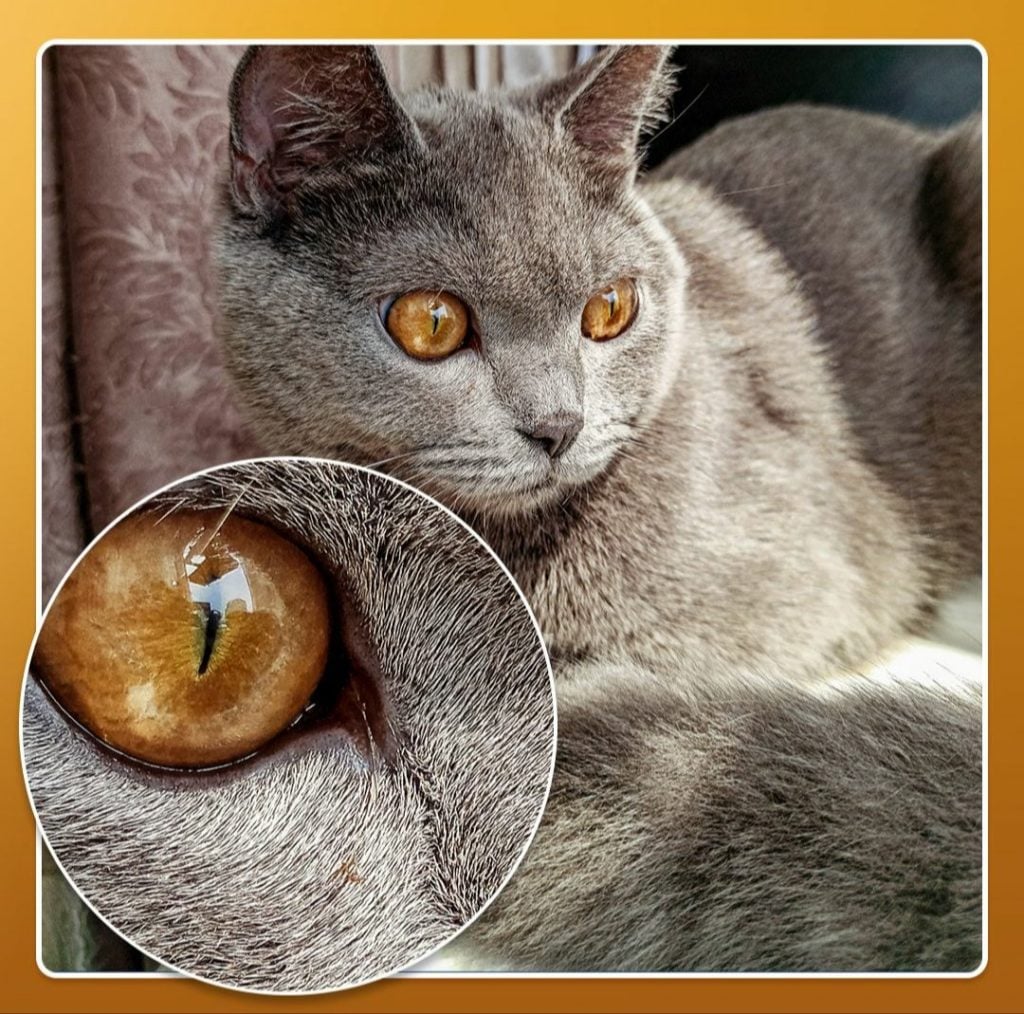Samsung ISOCELL Bright GW1 Sensor Now the real camera performance of the new phone in question cannot be gauged just yet. However, even then, Xiaomi has posted a new camera sample on Weibo which appears to have high-grade zoom support, and it might be because of the 64MP sensor. It is also worth noting that until now, Xiaomi has not announced that it will be using Samsung’s ISOCELL Bright GW1 only for its upcoming phone. However, even with that being said, a report last month had claimed that the popular Chinese manufacturer is all set to use Samsung’s new sensor on its upcoming smartphone. The traits about the presence of a 64MP camera unit were also found on the MIUI camera application, which comes as part of most Xiaomi phones. The app was found to have references to “ultra-pixel” mode which might have to do something to do with the large megapixel count.
Realme Also Set to Bring 64MP camera on its Smartphone Now the obvious question is, which is going to be the first company to bring the 64MP camera sensor on its phones. While Xiaomi is racing ahead to gain the top spot, Samsung is not far behind and is likely working to bring the 64MP sensor on its A-series of smartphones. Not only this, but Realme CEO Madhav Sheth also teased another smartphone with a 64MP camera sensor with a camera sample last month. The former Oppo sub-brand is likely to introduce its 64MP camera smartphone later this year. It is worth noting that a 48MP camera has been a game-changer in the smartphone industry. The most popular sensor currently in use by the smartphone industry when it comes to 48MP is the Sony IMX586. Similar to the technology for the 64MP camera sensor which fuses four pixels into one to form one megapixel, the 48MP Sony IMX586 also utilises a similar technology. The difference which the Samsung ISOCELL GW1 brings over the Sony IMX586 is of the pixel size, and now it remains to be seen how the camera performs in real life. The question in this regard would be, which company brings the 64MP sensor to the public first.

